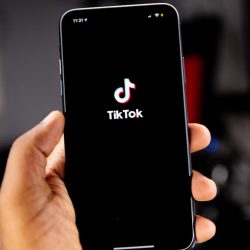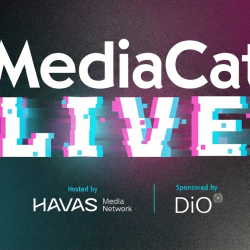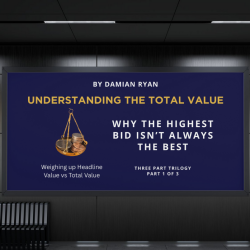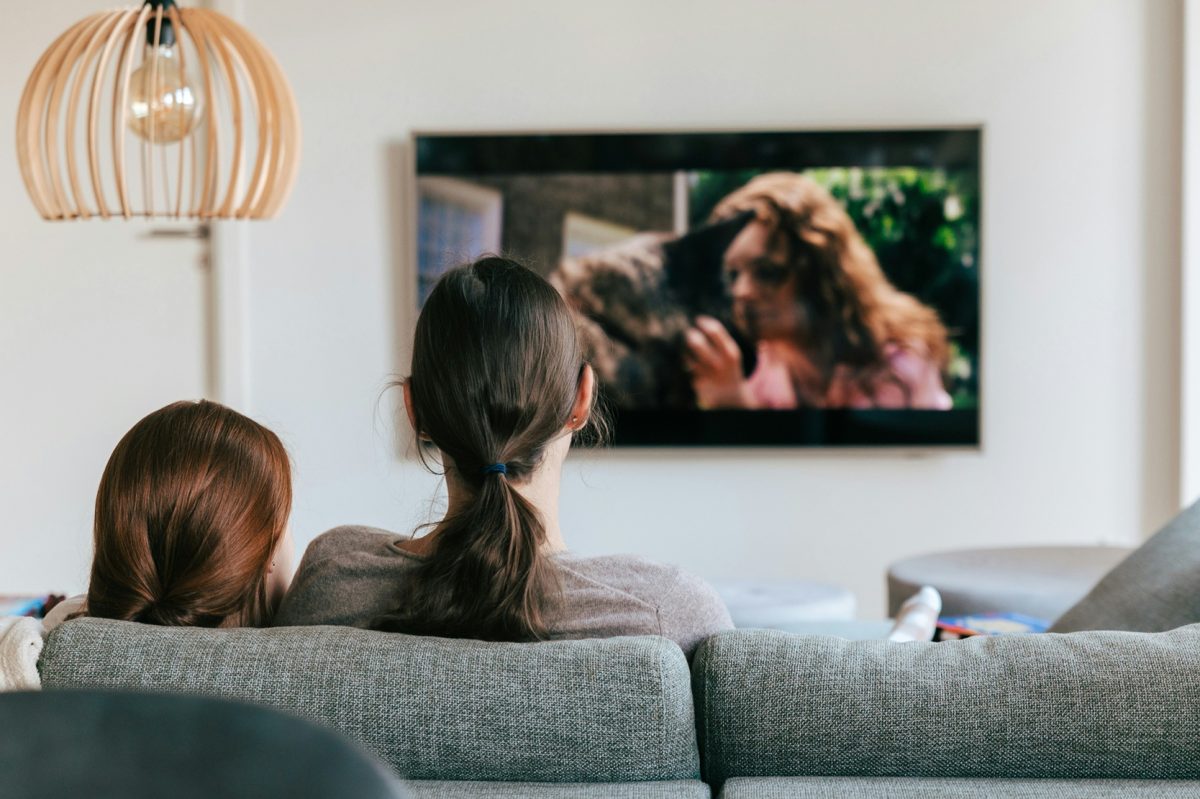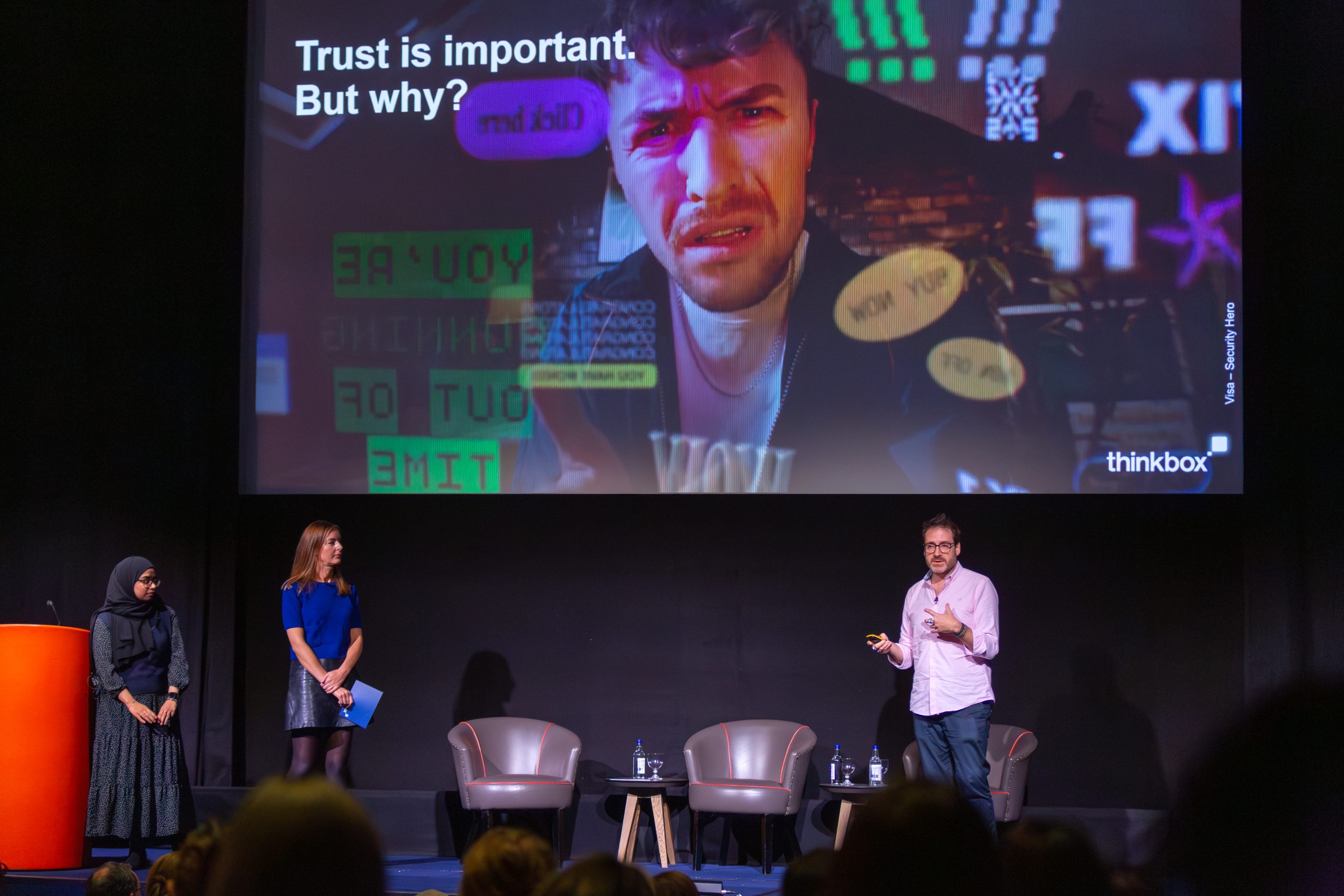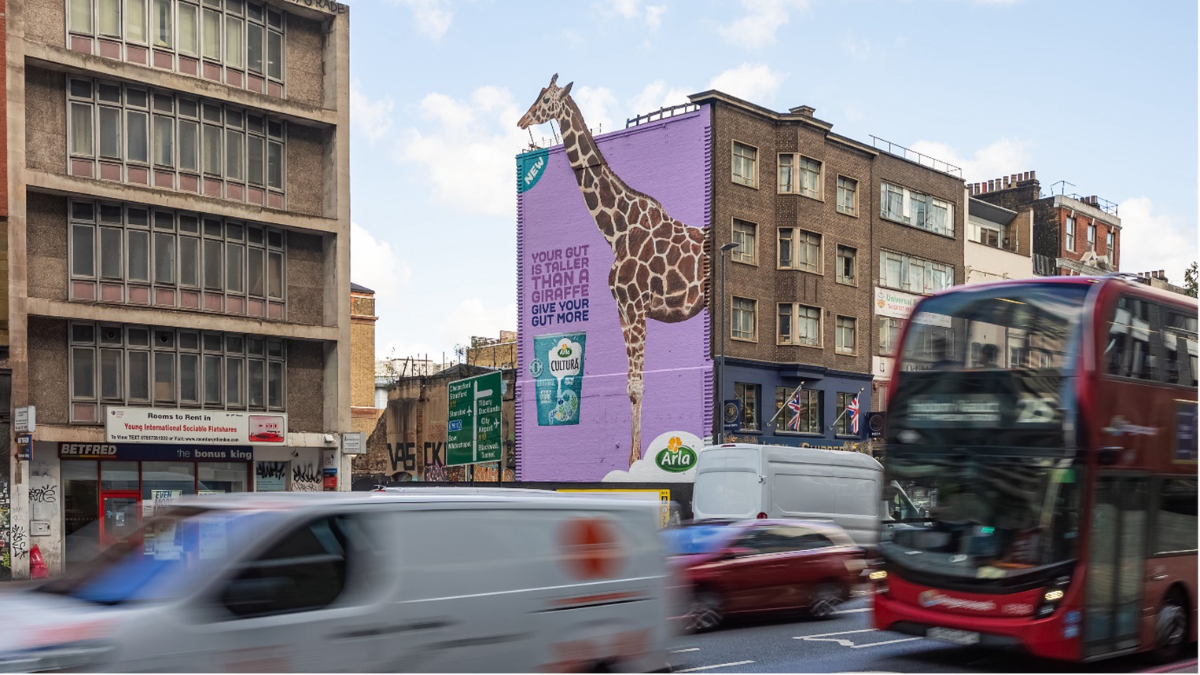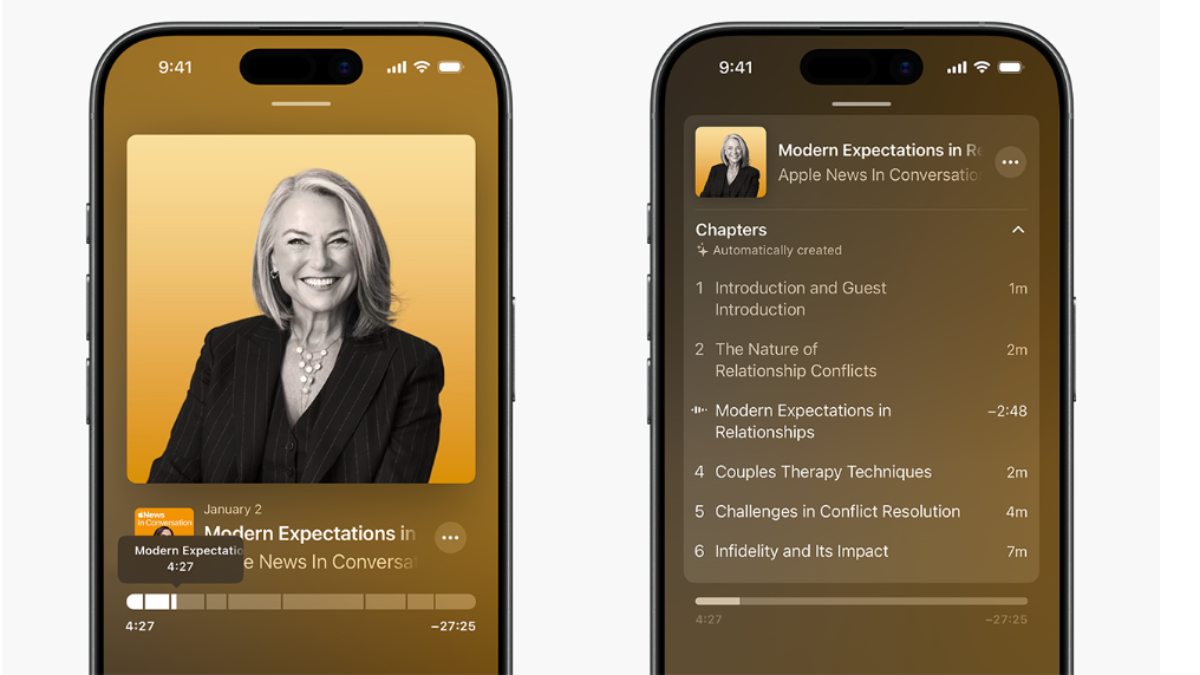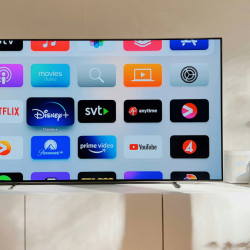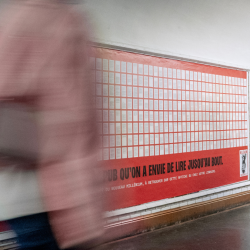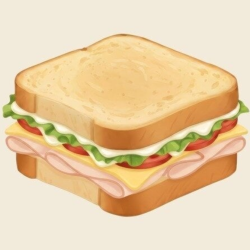If you want to understand the state of media in the UK right now, you can start with a simple fact — Britons are still glued to their screens.
According to YouGov’s latest research, Screens, streams, and scrolls: Media consumption in Britain in 2025, one in four Brits now spends over five hours a day consuming media. Baby Boomers+ are the most likely to be ‘media super-consumers’ during the week (29% spend five or more hours a day on media), while Gen Z take the crown at weekends, with 31% clocking over five hours.
That’s a huge chunk of our time spent consuming media each day, comparable to a part-time job or reading a small novel. I’m not suggesting this is always a positive; it’s just a reality that media planners like me must work with — meeting audiences where their attention is focused.
When the volume of attention is so high, it’s vital that we remember the shape of it also matters. Good planning isn’t just about harvesting eyes and ears, even when they’re plentiful.
Media consumption continues to fragment, broadly speaking, along generational lines. Baby Boomers+ are still watching live TV and listening to the radio in large numbers, and print media remains significant for this group. At the same time, Gen Z and millennials are leading the charge on streaming, podcasts, and social platforms.
But if you’re following the numbers and only planning for the average Brit, you’ll miss the nuances: the Gen Z podcast listener who still watches Bake Off with their family, for example, or the Baby Boomer who’s discovered Spotify.
Adopting a more life-centred approach to media planning allows us to earn attention by mapping media moments against life moments. Instead of chasing impressions, we can ask what else might the audiences be doing—or missing—while engaging with the media, and we can think about how we add value to their life, rather than simply filling time.
For instance, using Touchpoints data to explore the behaviours and attitudes of women aged 45–54, and we discovered that they started the day feeling confident, but then that confidence erodes throughout the day. Media planning can play a helpful role for this audience in lots of ways: by giving them useful information or a boost during the day, or by helping them recharge in the evenings.
When we think about planning in this way, attention becomes a shared space, not a guaranteed one. The challenge isn’t just to capture attention, but to earn it, by recognising that every minute spent with content is a minute not spent elsewhere, by using media insights to inform the creative, and by bridging gaps between channels and generations, creating joined-up experiences across screens, streams, and scrolls.
The future belongs to brands that not only meet audiences where they are but also understand that attention is precious, fragmented, and contested — even when it seems like it’s abundant.
Main image by Kevin Woblick on Unsplash

